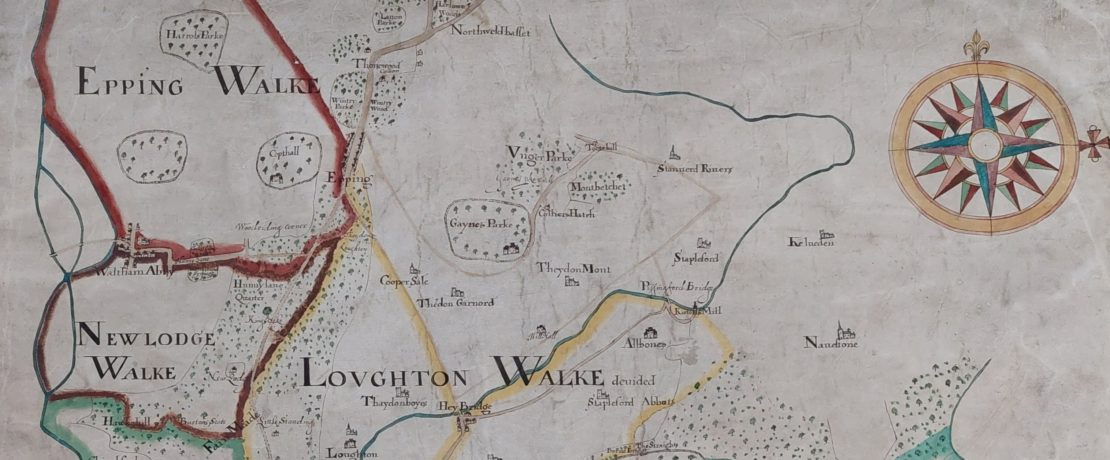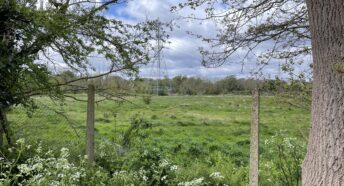Recreating the Royal Forest of Waltham
CPRE London is currently working on a project to significantly increase woodland cover in the capital’s Green Belt and Metropolitan Open Land. Dan Schofield explains how linking up two areas of ancient woodland in North East London and South West Essex could help restore the historic Royal Forest of Waltham.
Ice Age Beginnings
Whilst Epping Forest, the largest open space in London and home to over 55,000 ancient trees is well known amongst Londoners, its twin sibling Hainault Forest, around 4 miles to the East is less well known. Originally, these two areas of ancient woodland were one and made up the Royal Forest of Waltham. They are both survivors from the Forest of Essex, woodland that made up most of Essex and East London from the last Ice age and slowly dwindled down to patches, including the Royal Forest of Waltham, which was established in the 13th century and where the current Borough, Waltham Forest takes its name.
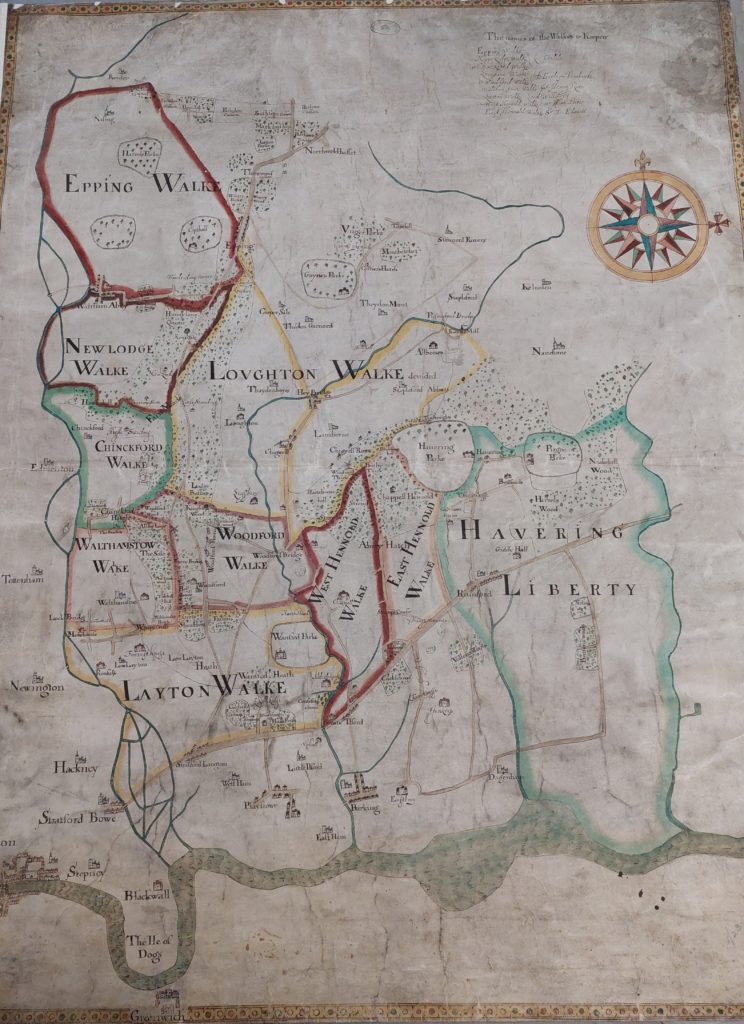
Forest Plains
In 1641, Waltham Forest covered 24,000 hectares, although it wouldn’t have been a continuous cover forest. In Roman times the woodlands of Epping and Hainault were separated by a road through Chigwell and between the 13th and 16th century ‘Forest plains’ were created, treeless areas of heathland between the two woodlands for sheep and cattle to graze. The whole area was referred to as the Forest of Waltham, which was a legal designation.
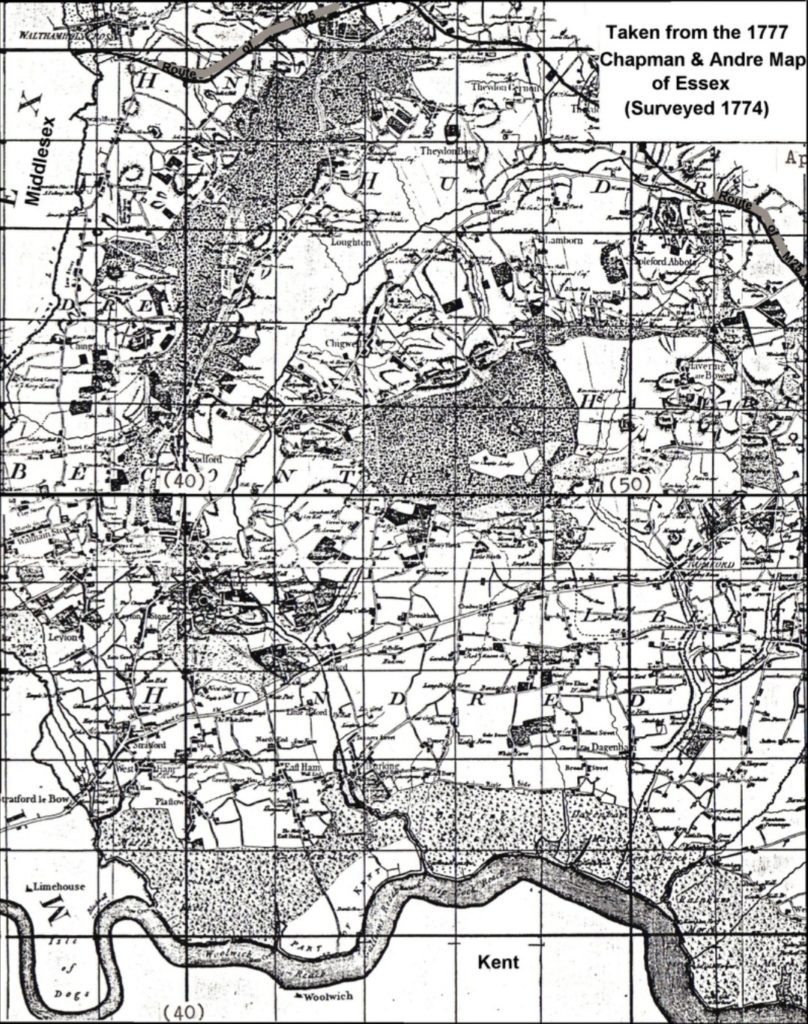
19th Century Encroachment
In the early 1800’s the Forest of Waltham suffered from considerable encroachment. Commoners began fencing off land for themselves, cutting down trees as well as building houses, which resulted in several court cases. There were 73 unlawful enclosures recorded in 1830 alone and the woodland at Epping and Hainault forests came under particular pressure. The situation became so bad the Treasury commissioned a report as to why Hainault forest was barely profitable. An inspection found that the deer that were supposed to be there “were no where to be found” and that several areas of expensive timber were missing. The report was damning and recommended that the Forest Keepers from the Office of Woods and Forests (formally, the Commissioners of Woods, Forests, Land Revenues, Works and Buildings, forerunner of Forestry England and the Crown Estate) be dismissed for failing in their duties.
Perhaps this was somewhat unfair. The Verderers Court in charge of dealing with offences against the forest at the time appear to have been neglecting their duties in favour of their friends gain, by allowing encroachments. One is quoted as saying “if one of the under Keepers at Wanstead made a presentment of an enclosure at the court… I should have laughed at him and kicked him out of the court… and stuck by my manor”. The last Verderers court in 1849 descended into chaos. One claimed to be the sole judge and refused to allow the Steward of the Court to act, whilst another Verderer present used “violent and abuse” language about the Commissioners of Woods and Forests.
Deforestation
Around the 1840s this recommendation to dismiss the Keepers seems to have been taken and four police constables from Essex Constabulary based at Romford were sworn in for the purpose of protecting the forest. However, it was only a few years after this the Office of Woods and Forests decided they were fighting a losing battle. In 1848 they published a notice requiring anyone who had fenced off forest land in Hainault to come forward and offer a suitable sum to pay for it. In 1851, an Act of Deforestation was passed by Parliament, effectively ending the Crown’s jurisdiction on the land. In the six weeks that followed, 3000 acres of woodland were cut down and converted to farmland and later housing.
Picking up the Pieces
Epping Forest had a different fate, after a long campaign to save it and the City of London buying up land. It was agreed by Parliament that any land enclosed after 1851 would be returned to Epping Forest unless it had been built on and the Epping Forest Act 1878 was introduced, appointing the City of London as its administrator. Whilst Hainault Forest had some people who wished to save it, and buy up some remaining woodland along with some local council money, it wasn’t on the scale as Epping Forest. The Crown did keep some of the land though (around 3,580 acres) and so did the Church of England (around 2,530 acres), converting it to farmland which they still own to this day, including:
• Crown Estate land at Marks Gate
• Church Commissioners land at Kelvdon Hatch
• Crown Estate land at Chipping Ongar
• Crown Estate land at Stapleford
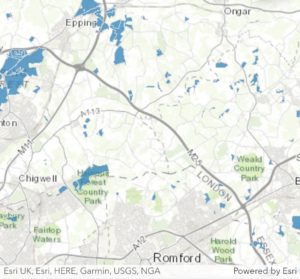
This area is full of fragments of ancient woodland. There were some efforts to re-forest some small areas in the early 1900s. The Woodland Trust has recently been working to expand Hainault Forest and extend the surviving ancient woodland that is currently managed by the London Borough of Redbridge.
Recreating the Forest
As the Government has set a target of planting 30,000 hectares (around 74,130 acres) of woodland by the end of this Parliament in May 2024, it is perhaps time to consider woodland creation in the area to restore this forest. It would be excellent if more woodland could be created in the area between Hainault and Epping Forests, on and around the Crown Estate and Church Commissioners land, as well as the North of Havering (which has other woodlands of Royal and Noble heritage including Havering Country Park which was originally joined to Hainault Forest, Bedfords Park as well as Tylers common) and South West of Essex as a whole and restore the former Forest of Waltham on a landscape level, eventually joining these two forests in a wildlife corridor again. Defra have set out areas in Cornwall and Northumberland for the Forestry Commission to create new forests, as well as the National Forest in the Midlands. This area would be a great addition to them and would be an excellent gift to the whole of London and the South East, adding to its “green lung”.
Credits
The maps are available online at ‘Who owns England’
https://map.whoownsengland.org/
https://whoownsengland.org/2019/11/04/gods-acres-the-land-owned-by-the-church-commissioners/
Brian Ecott
http://www.hainaultforest.co.uk/default.htm
Denis Vickers
https://www.consultantecologist.co.uk/hainaultforest.htm
Maps of the local Public rights of way in the area
https://www.essexhighways.org/getting-around/public-rights-of-way/prow-interactive-map
https://www.redbridge.gov.uk/roads-and-pavements/public-rights-of-way/
https://www.havering.gov.uk/info/20034/planning/619/public_rights_of_way
Hainault Forest project by the London Borough of Redbridge and the Woolamd Trust
https://visionrcl.org.uk/parks-outdoor-spaces/hainault-forest-project/
https://www.woodlandtrust.org.uk/press-centre/2022/08/sandhills-hainault-platinum-jubilee-wood/
National Archives
Roman street map of Britain
https://www.heritagedaily.com/2019/01/roman-britain-street-map/118249?amp
William Richard Fisher
“The Forest of Essex: Its History, Laws, Administration and Ancient Customs, and the Wild Deer Which Lived in It”
